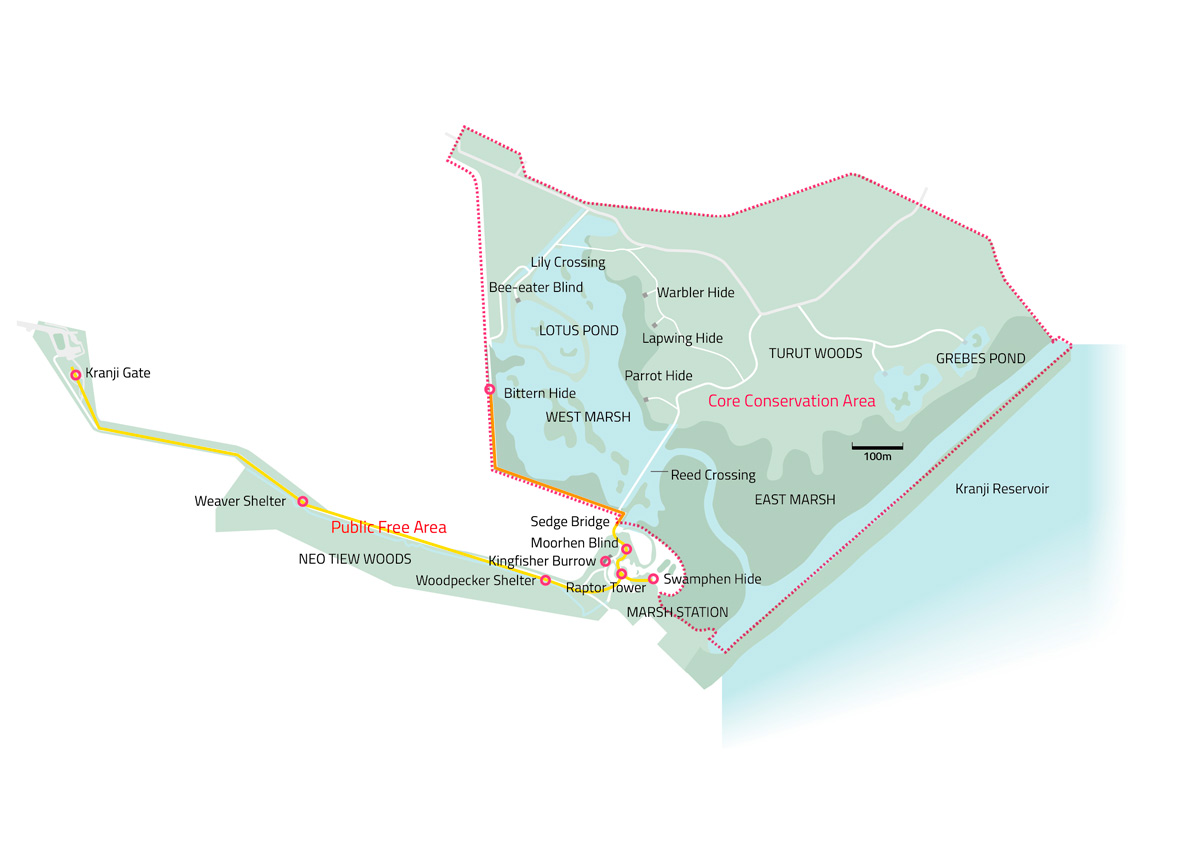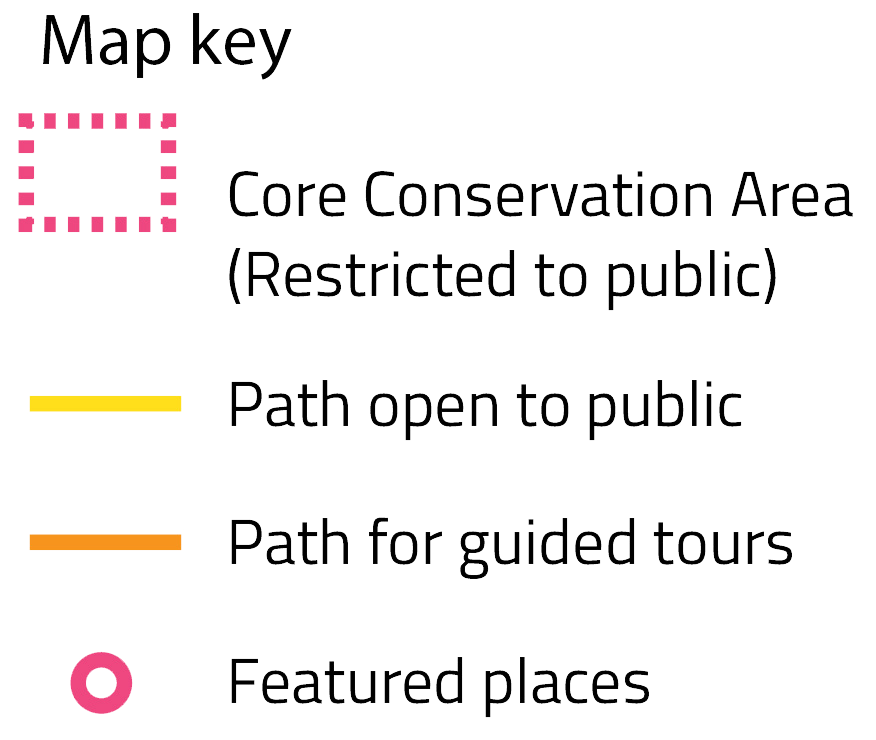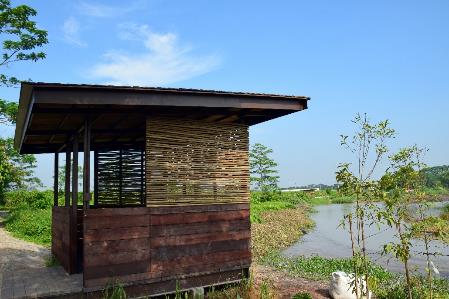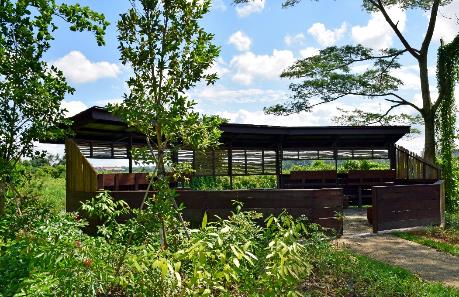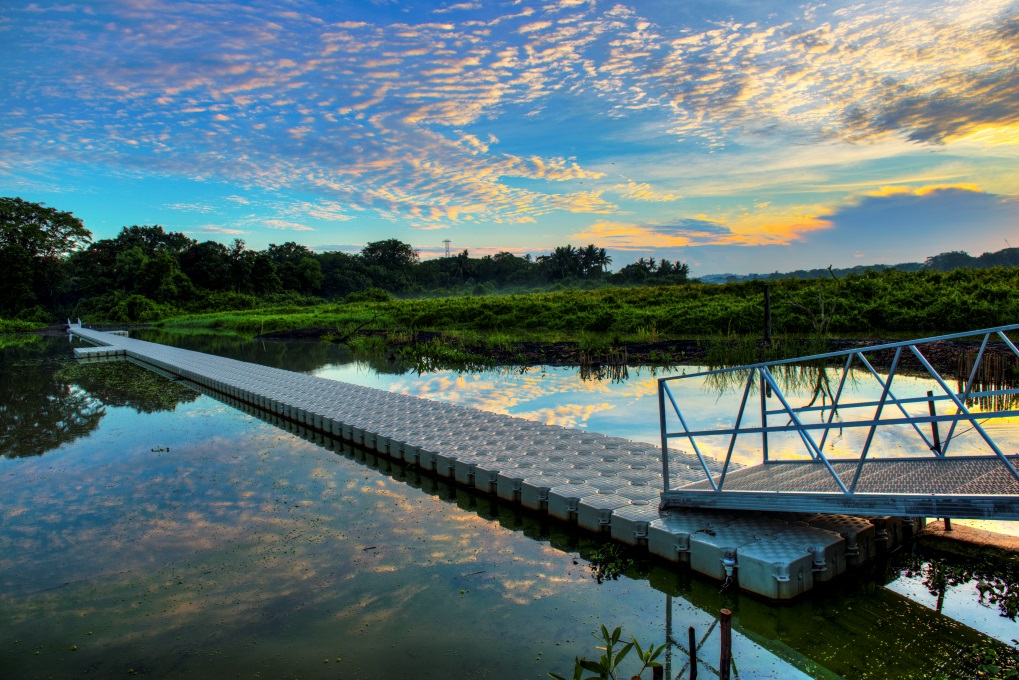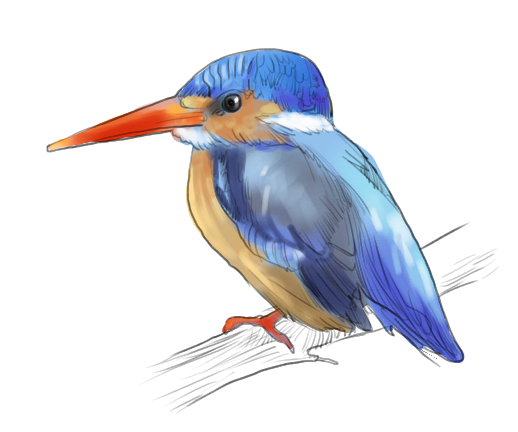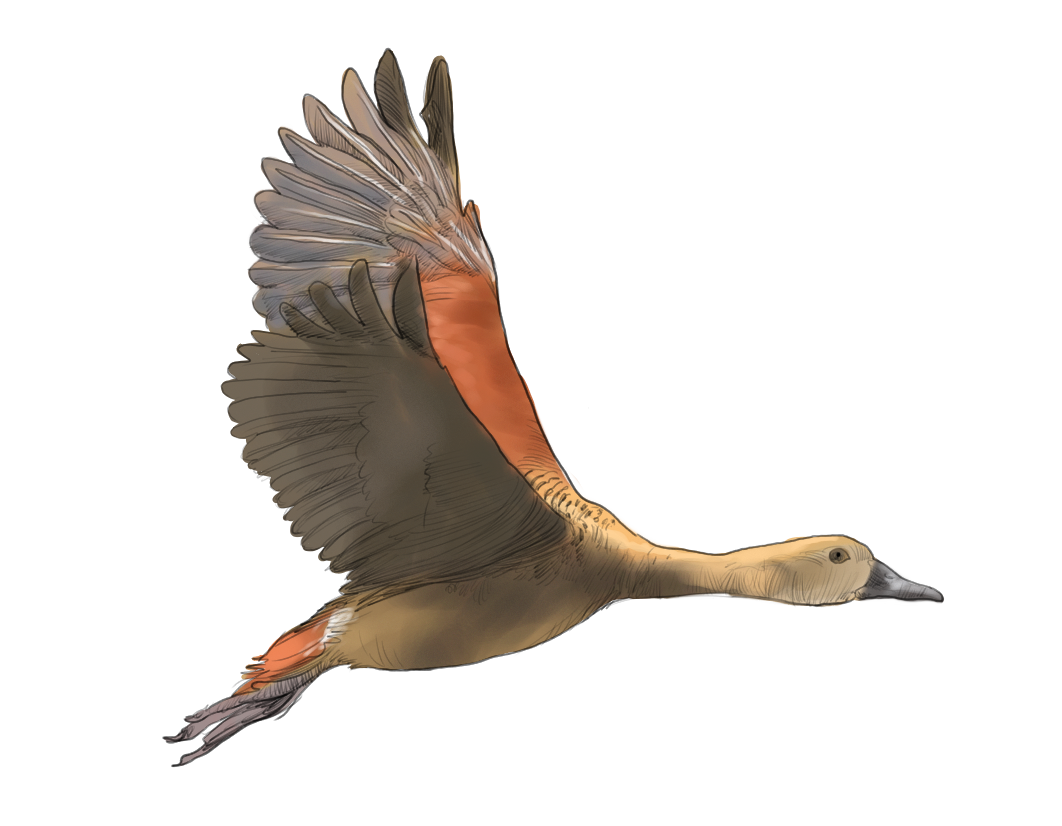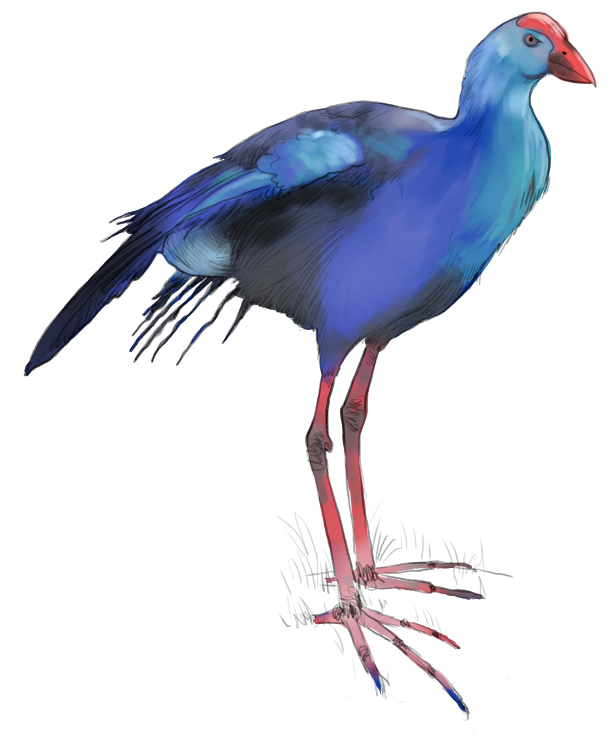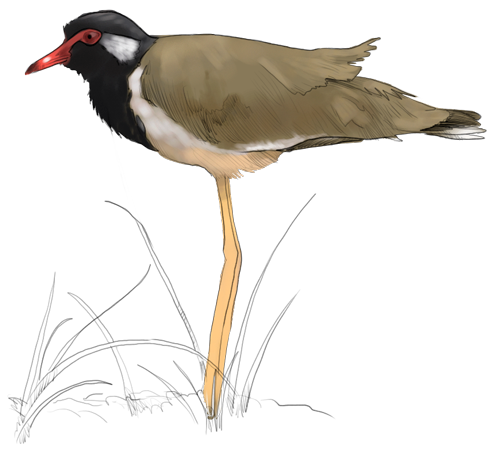Located next to Sungei Buloh Wetland Reserve, the marshland lies along the north-western shore of Kranji Reservoir and is home to more than 170 species of birds, 54 species of butterflies and 33 species of dragonflies.
Find out how the biodiversity at Kranji Marshes continually attracts different species of birds into the area (video)
Close
Click on the birds to see more species
Click on
Mouse over  to see photos
to see photos
